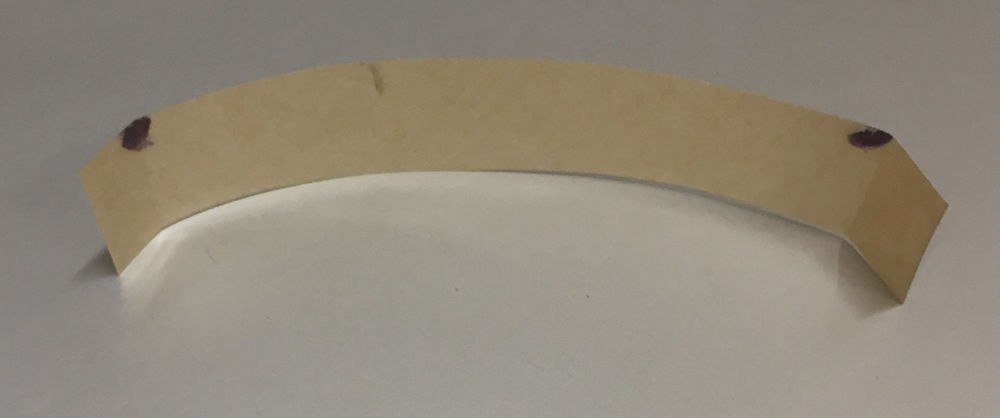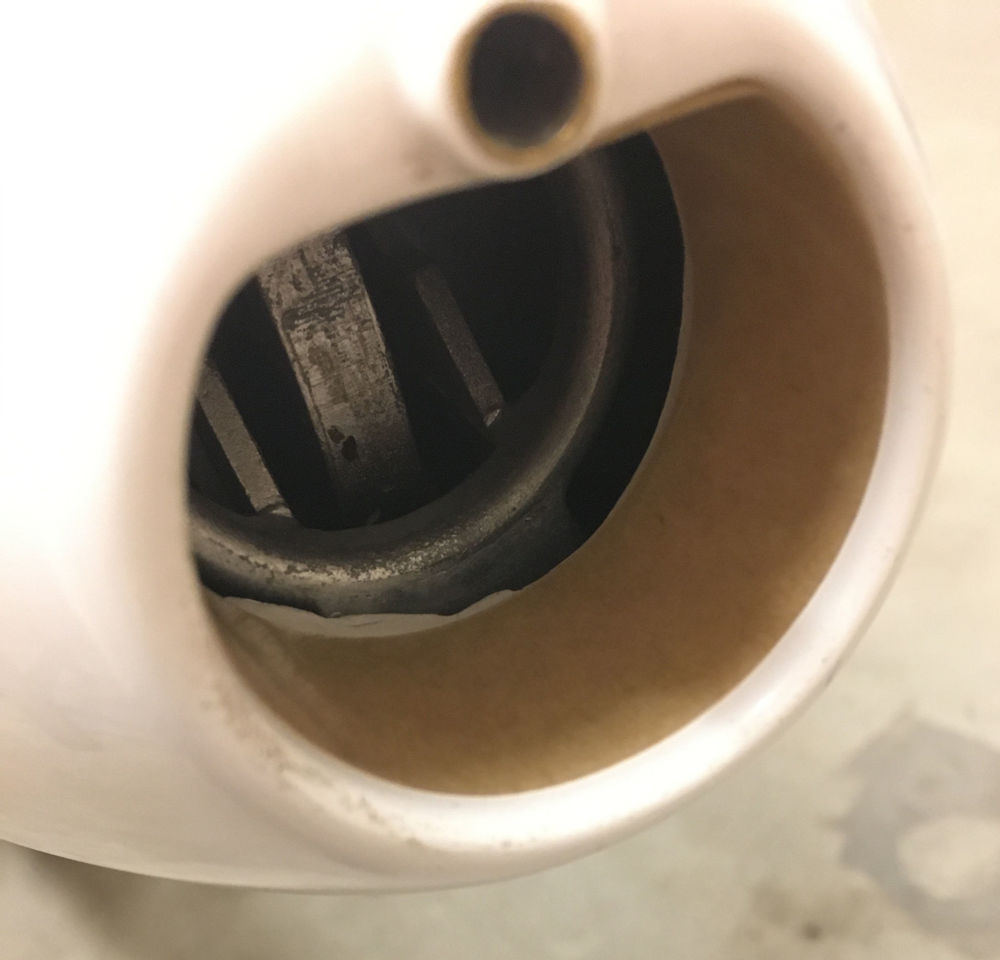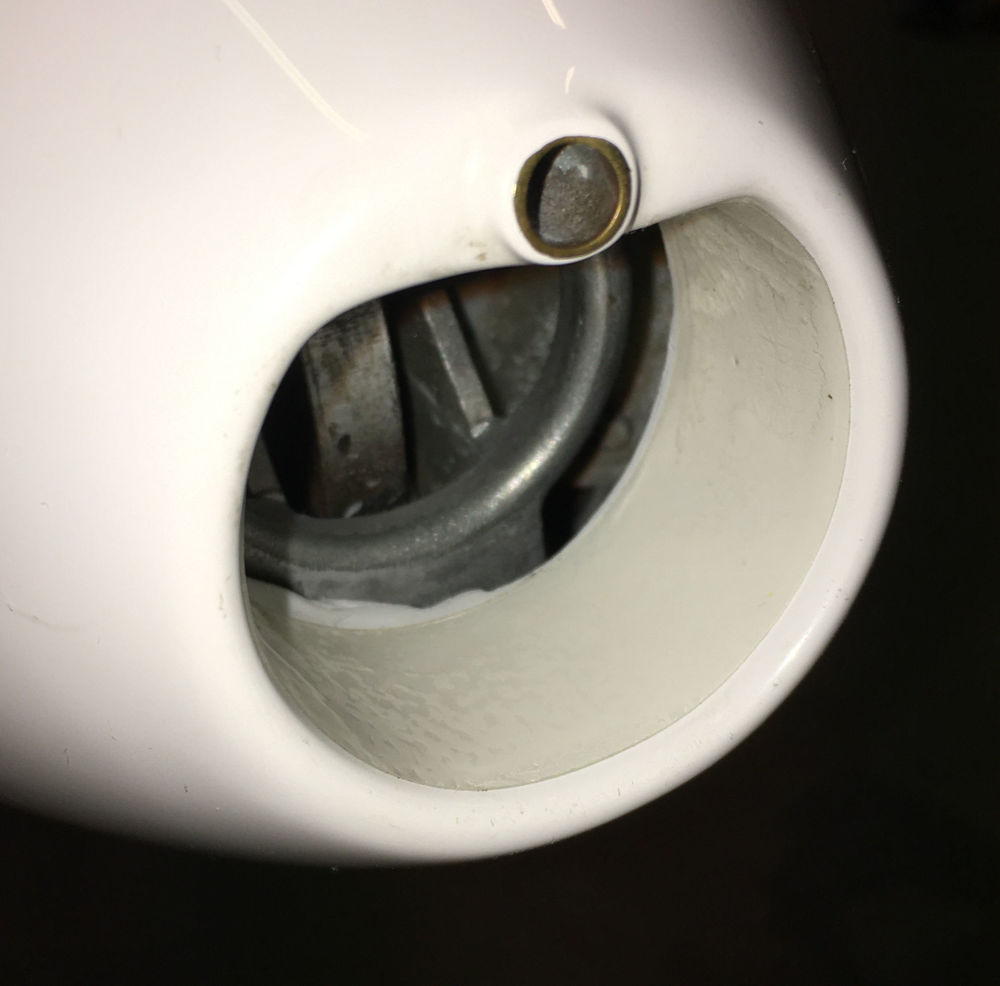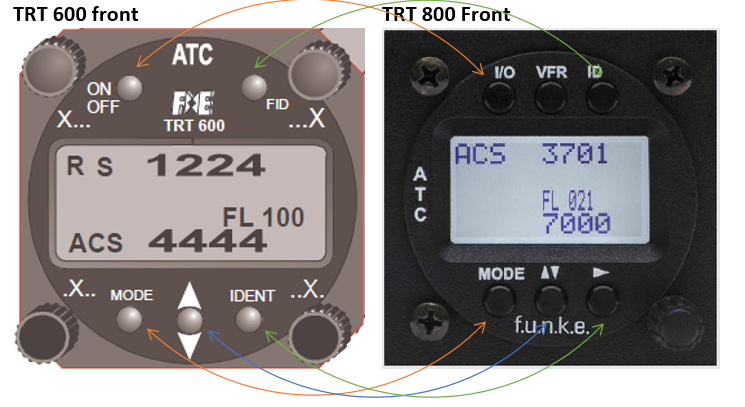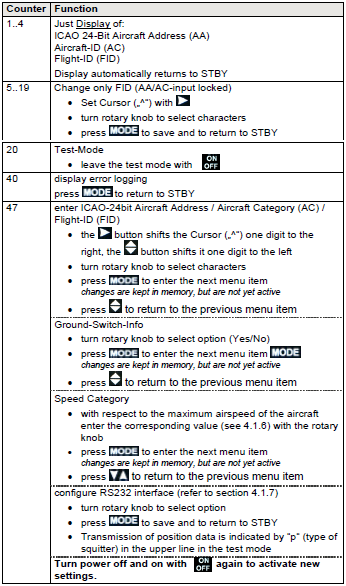This is a snip from the Cambridge MKIV manual
To check adjustment, proceed as follows (try and find reasonably smooth air for this). Set scale
to x1 (MKIV).
Gently and steadily increase speed in a dive. Avoid a rapid pitch attitude change which would
create unusual 'G' Forces. Settle down at a new steady speed (say 30 or 40 knots increase).
Observe behavior of variometer during this maneuver.
The variometert if correctly compensated, will steadily increase in sink during the speed increase,
to settle at a sink reading corresponding to the new steady speed.
If during the period of INCREASING speed, the variometer does not increase in sink, or only
slightly, or perhaps even goes in the opposite (+ ) direction, and then quickly goes to the correct
sink reading when the new speed is steady, the variometer is OVER compensated.
Turn the TE adjustment counter-clockwise (decreese, edit) a little and try again.
If during the period of INCREASING speed, the variometer increases in sink to more than the
correct sink reading, and then comes BACK up to the correct sink reading once the speed settles
down again, the variometer is UNDER compensated.
Turn the TE adjustment clockwise (increase, edit) a little and try again.
Eventually, you should be able to carry out a series of zooms and dives with the variometer gently
following the airspeed indicator, according to the ship's polar.
Make the adjustments only a little at a time. Trying to do these tests in sinking, rising or
turbulent air is confusing. so try and find smooth, neutral air. Quick push-overs or pull-ups affect
'G' forces significantly, and erroneous compensation can result momentarily in TE Compensation
systems of any kind.
Once the TE compensation is satisfactorily set, leave it alone!
-------------------------------
This methode will be useful on other varios as well ;)
For more information, see our download section!

